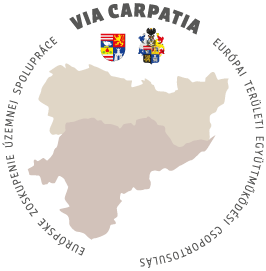Have you ever visited a botanical garden or an arboretum? I understand – it is not everywhere. It’s a perfect oasis of peace, full of greenery, where your body and soul can relax. However, there are other corners as well. Swamps, banks, game refuges, groves, glades, balks, oases by springs, forests, meadows, quarries, wetlands… It’s good to look around such green oases and let your imagination work. Creativity will come by itself. Especially the moment the shutter or at least a mobile phone clicks. Once it gets going, you start to enjoy it, and time flashes past you, like milestones on a motorway. When you’re done, you’ve got a memory card book full of greenery, a head full of flowers, lungs filled with oxygen, a nose full of humid air, and mind full of excitement.
Green oases are available everywhere, it just takes a little attention, imagination and courage. After all, you can often find a green island literally near apartment blocks or a busy city street. Or in a neglected park (which is not to say that you won’t find such a thing in a well-maintained one).
Interesting nooks and crannies and a willingness to create with your camera are thus a principle here. Insta photography is “in” nowadays, but you can’t throw a classic one in the trash either, especially when you develop it in a green oasis and settle for a good feeling. It stays longer, even if it hurts a little more. It’s up to you what you choose, what sticks in your internal or external memory.

1. Selfie of a vegetarian with a “carnivorous plant”
Botanical garden, UPJŠ Košice
It was pretty hot in the greenhouse such as in a classroom during graduation. It’s a feeling that can catch you off guard in a botanical garden for a while. But the goal is clear, to take a shot on the ground, or at least in the garden. You’ll find it in a greenhouse with a variety of colourful and green plants. But look for the one with the cutlet sticking out of its petals, like a hungry tongue. Carnivore is fine from childhood. It attracts crowds and long lines of curious onlookers. What a paradox when you, as a true vegetarian and lover of greens, stand in front of this Adela, who hasn’t eaten her dinner yet. You click the shutter and you know immediately that it will be a shutter for friends in particular. Simply said, it will be a feast for the eyes. But don’t just stay with the carnivore, see the other corners: palm trees, bananas, water lilies, oranges, bamboos, cacti with the most beautiful flowers… From all over the world, but be warned, it is a feast for the eyes only. That’s why you’d better have a hot dog or recharge your camera battery. It’ll work out cheaper.
For more information HERE.
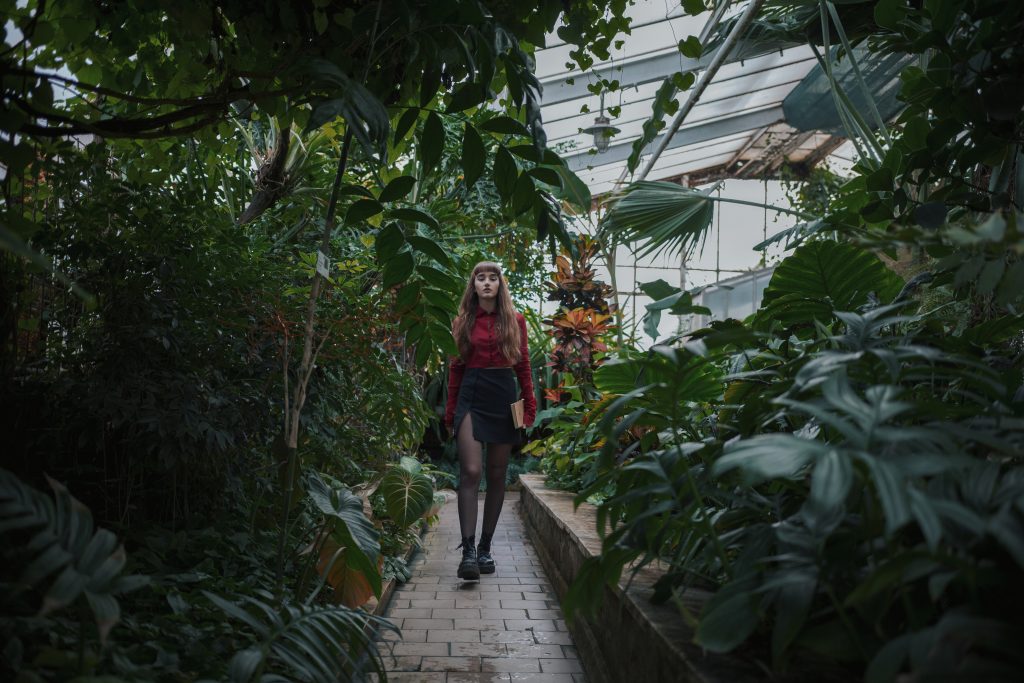
2. Embrace the 200-year-old tree
Sequoia and gardens at Jasov Monastery, Jasov
Have you seen a live mammoth? No? Then we’ll show you one at the Edge of the World, in Jasov. You decided to search your memory and guess which bone in the cave belonged to the mammoth? None, unless it belongs to a cave bear. Then guess where, exactly? You don’t know? Well, it’s right in front of the Premonstratensian monastery. It’s not the four-legged ancestor of the elephant, but a one-legged, bark-covered obelisk of the arboreal family. In short, it´s a mammoth sequoia. It towers high above the roofs of the monastery and yet it is a fairly young tree, att least by the standards of the species. Colleagues from American national parks are several thousand years old, this one is of course approximately only 200. It’s a mammoth record among trees lifespan, and you can hug one in the Jasov Monastery Ornamental Garden. According to botanists, a tree in our area could grow up to 30 metres tall; in California, the tallest one was measured at almost 150 metres.
Come and take a measure of the mega-tree, hug its spreading shrubs, anoint yourself with the thick but fibrous bark of red-brown colour and then breathe in the blue-green needles of this exotic tree. Have you got it yet? Even on an external memory stick? You’ve hugged a 200-year-old tree and you’ve got a record of it? Well, run off and process the insta photo on glass or paper.
For more information HERE.

3. Soak in the highest artificial waterfall
English park, Betliar
It is an artistic gem and yet it grows from the ground. It looks down on you from below, from the side and even from above. The 57-hectare nature park is a part of the Betliar Manor grounds. It is made up of rare trees, plants, artistic representations, as well as various buildings and elements of small park architecture or sculptures. The manor park is 230 years old and was designed by a French Empire gardener. The dominant feature is the Roman Waterfall in the form of the ruins of an ancient aqueduct from 1823. It was restored in 2016 and with a height of 9 metres it is the highest artificial waterfall in Slovakia. Would you like to get wet? It’s not exactly the behaviour of a lord in an English park, but in the past you couldn’t do so. Back at the beginning of the last century, Count Andrássy had the pool below the waterfall fenced off with a high cage and converted it into a menagerie where he kept polar bears. It was the first ever breeding of these white beasts in the world.
Today, you can’t click an insta-photo with white paws, but you won’t click your teeth out. The beautiful green nooks and crannies in the sprawling park allow you to step outside the blue planet for a while. So don’t forget the carbon footprint so they wouldn’t find you in the silence.
For more information HERE
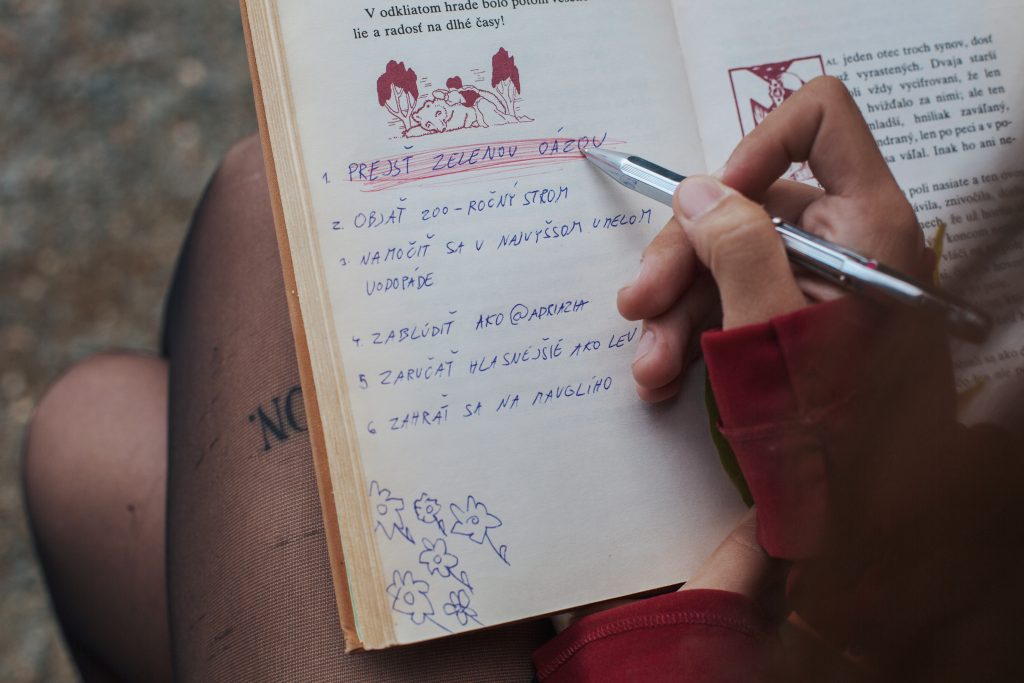
4. Get lost as @adriazia
Park near the Trebišov Mausoleum
You can’t get lost in Trebišov. You can be angry all you want, but you can’t get lost on a long street. However, you can get lost in the unique park behind the local manor house. You will enter the world of everything that connects heaven and earth, the past and the future, water and land, and salty and sweet.
In the historical park, which is one of the most extensive and valuable parks in Central Europe, you will find an observatory, the old cellar of a water castle, the foundations of a Romanesque church and an Art Nouveau synagogue. On the shore of the lake is the mausoleum of Count Andrássy, but also the ghost of his infidelity (allegedly with Empress Sissi) Above it all, a manor house with a remarkable museum is enthroned. The park is a 62-hectare green oasis with 20 species of conifers, 40 species of deciduous trees and 20 species of shrubs. But try not to get lost in this forest. Stretch out your thread and let yourself drift away, when you come back, the thread @adriazia will remain in your camera, as a colourful memory of an oasis of prettiness.
At the end of the 19th century, the park was still considered the most beautiful in all of Hungary and grew on the foundations of a floodplain forest. Pick a spot for a selfie, but if you’re green, you’ll look for the most precious trees and shrubs. Make a note in your notebook and transfer the likeness of a Japanese sophora, Chinese juniper or Virginia juniper to a memory stick. In recent years, a flood of deep green bear garlic has been a feast for the eyes, nose and taste buds in spring. And if you enter the museum, you’ll also find your eyes drawn to the architecture of the French Garden.
For more information HERE.
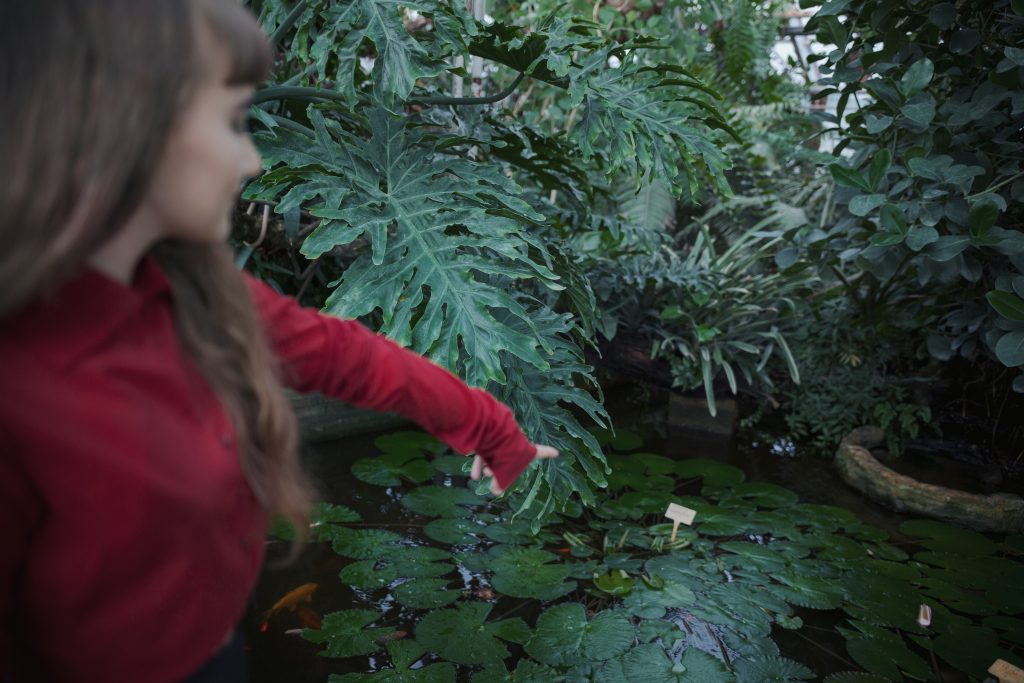
5. Roar louder than a lion at the zoo
ZOO Spišská Nová Ves + ZOO Košice
You don’t have to travel far for exotic. Zoos can give you a slice of Africa, Asia or America. Each is buzzing and abounding like a beehive. If you fly there with your suite, you’re guaranteed to roar louder than a lion. And by the way, there are stars other than the lion king. The Košice Zoo has several rare species that visitors won’t see anywhere else in Slovakia. In total, however, there are almost 300 species of animals from all over the world. Seals, pandas and penguins have been classics for years. New additions are the year-old bears Máša and Filip. The absolute star is the Chinese leopard with its mate. This species has returned to the Košice Zoo after 30 years.
The most attractive in Spiš is the pavilion of monkeys, the kangaroo, the communicative domestic donkey, the rare birds or the double-humped camel. Here, too, you will roar to your heart’s content, especially if you visit the local monkeyland after the monkey show.
For more information about ZOO Spišská Nová Ves here and about ZOO Košice here.
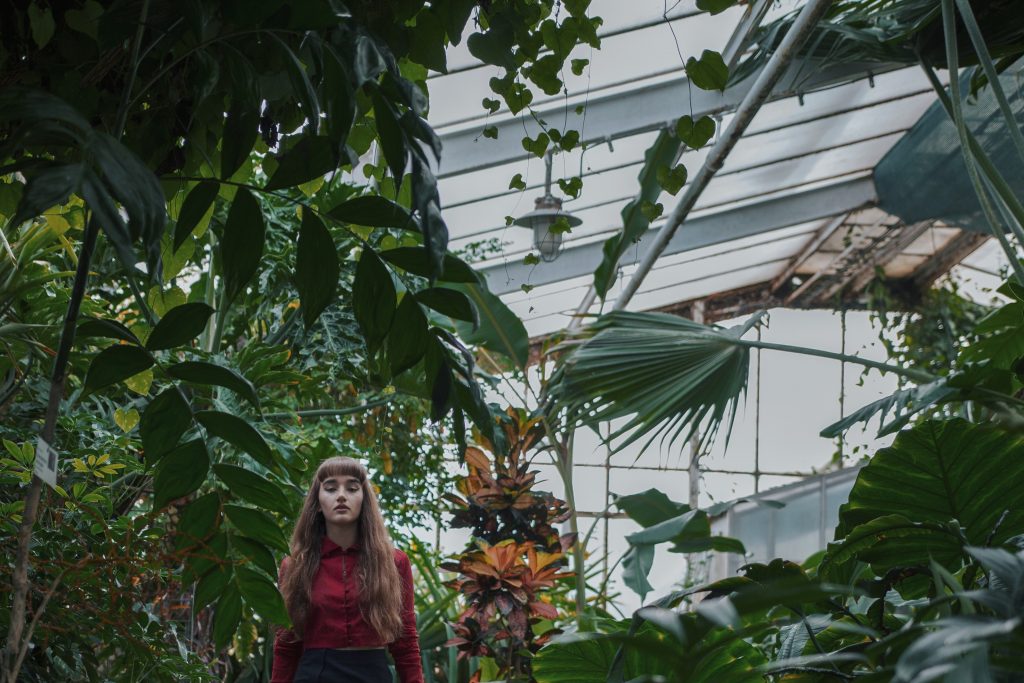
6. Act like Mowgli
Vihorlat forest
Did you also experience Mowgli’s adventures in the jungle with excitement? Not so long ago, the Vihorlat Forest was discovered in the Edge of the World, i.e. in the east of Slovakia. True, these trees are still on the territory of the Vihorlat Mountains, which, together with three other forests in eastern Slovakia, six others in Ukraine and five forests in Germany, are part of the only inscription on the UNESCO World Heritage List – the Carpathian Beech Forests and the Old Beech Forests of Germany.
The awesome ride starts on the banks of Zemplínska Šírava, where you’ll party and climb the Sea Eye, the gateway to the forest. The magic of the forest lies in its paradisiacal backdrops that are untouched by man. The conservationist view of the 200-year-old beech trees and the difficult accessibility of the area have contributed to the beech forest functioning in its original harmony and therefore in its full glory. Without human intervention, there is a constant cycle in which old trees give way to new ones, the ones which immediately grow in a suitable location. The forest is also inhabited by rare animals and it is not so difficult to find them: the spotted salamander, the Alpine fusarium or the Carpathian slug. Just be careful and sensitive. Even Mowgli wouldn’t have it any other way, do him a favour and become his buddy. Only then will the forest bestow upon you the knowledge and peace of the wise forest.
Appreciate the opportunity, bend down in mute amazement at the sight of the ground and you will easily see the tiny green stems and leaves sprouting from the dead fallen trunks. It wasn’t always this way, for until 2012 the forest was inaccessible, such as a part of the local military forest.
Have you ever visited a botanical garden or an arboretum? I understand – it is not everywhere. It’s a perfect oasis of peace, full of greenery, where your body and soul can relax. However, there are other corners as well. Swamps, banks, game refuges, groves, glades, balks, oases by springs, forests, meadows, quarries, wetlands… It’s good to look around such green oases and let your imagination work. Creativity will come by itself. Especially the moment the shutter or at least a mobile phone clicks. Once it gets going, you start to enjoy it, and time flashes past you, like milestones on a motorway. When you’re done, you’ve got a memory card book full of greenery, a head full of flowers, lungs filled with oxygen, a nose full of humid air, and mind full of excitement.
Green oases are available everywhere, it just takes a little attention, imagination and courage. After all, you can often find a green island literally near apartment blocks or a busy city street. Or in a neglected park (which is not to say that you won’t find such a thing in a well-maintained one).
Interesting nooks and crannies and a willingness to create with your camera are thus a principle here. Insta photography is “in” nowadays, but you can’t throw a classic one in the trash either, especially when you develop it in a green oasis and settle for a good feeling. It stays longer, even if it hurts a little more. It’s up to you what you choose, what sticks in your internal or external memory.


















